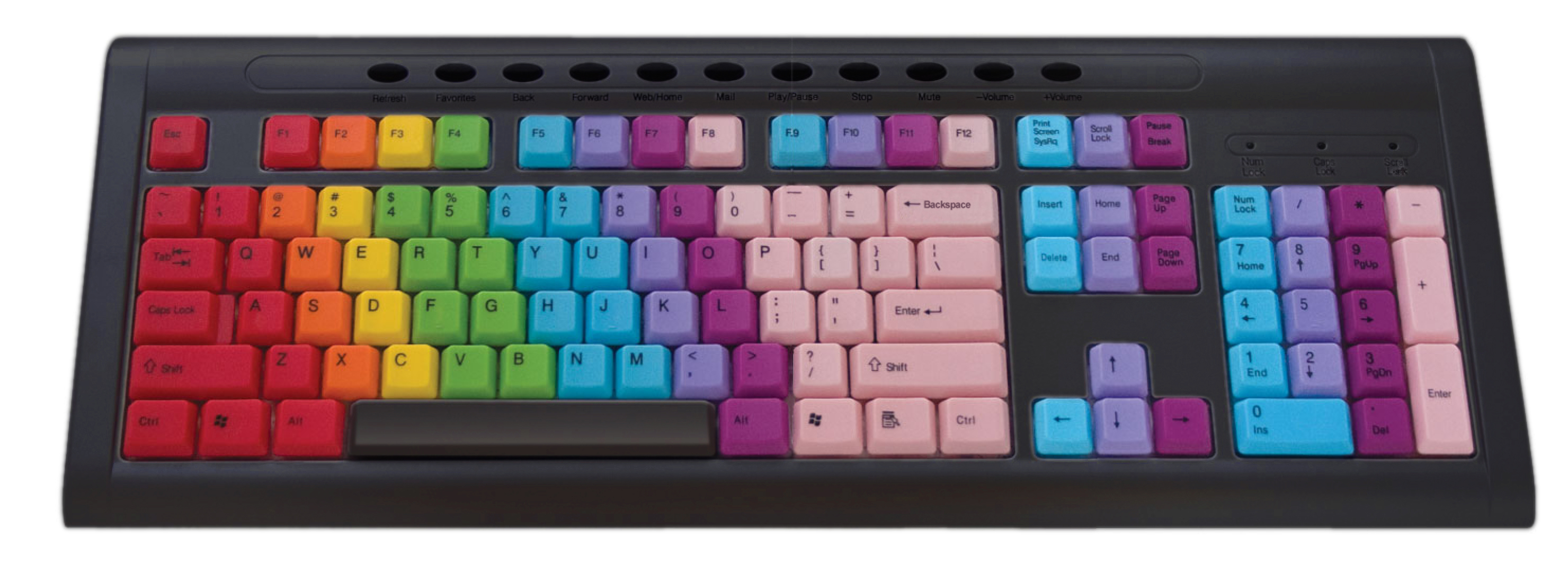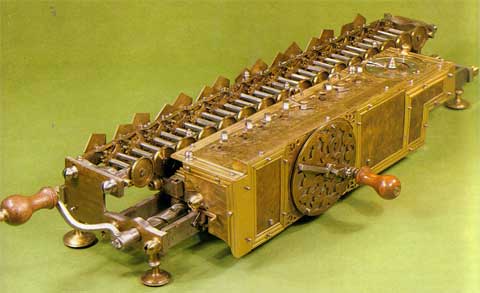Naga City Science High School
Investigatory Project in General Science
Squash Pudding
Submitted by:
Group 2 of I- Confianza
Group Members:
Matias, Mel Gabriel
Pelagio, Fane Centinel
Degamon, Lea May
Barrameda, Donyell
Hosmillo, Myka Maurine
Submitted to:
Ma’am Mary Anne Nueva- Albao
I. Introduction
A. Background of the Study
We conduct this Investigatory Project entitled Squash Pudding because we want to help those people who don’t eat vegetable specially children. We also know that squash is a nutritious vegetable that contains Vitamin A that is needed by the retina of the eye in the form of a specific metabolite, the light- absorbing molecule retinal, that is necessary for both low- light (scotopic vision) and color vision. Vitamin A also functions in a very different role, as an irreversibly oxidized form of retinol known as retinoic acid, which is an important hormone- like growth factor for epithelial and other cells.
B. Significance of the Study
This study was conducted to make squash healthier and more nutritious for children. This study, Squash pudding will benefit children who like eating pudding because squash is a vegetable that contains of Vitamin A it is good for our eyes and it prevent us from diabetes. This study will also benefit adults who have heart diseases, poor eyesight and cells expose to radicals.
C. Statement of the Problem
The study intends to use squash as an alternative ingredient if pastries, particularly, pudding. Specifically the study seeks to:
1) Describe the characteristics of squash when used as a pudding ingredient.
2) Identify the nutritional value of squash when added to pudding.
3) Asses the reaction of high school students regarding the taste and use of squash in pudding.
D. Scope and Limitations
This study was limited to the use of squash or Curcubita Maxima as an alternative ingredient in pudding. Furthermore the use of squash as an alternative ingredient for pudding aimed to enhance the nutritional value of pudding since it is a common consumption of high school students.
This study used nature C. M. fruits that are usually grown in Lone garden and commercial scale in the Philippines. There was over one variety of C.M. used in this study such as the San Leandro variety. The choice of this was anchored on the availability, and texture of it.
The study, likewise, involved the knowledge in basic steps and ingredients needed to make pudding. The study also involves taste test conducted to various groups of high school students picked by the researchers of the study. This study is only limited on the effects on adding squash to pudding in the effects to the eyesight of the individual who tasted it.
Methodology
Mix 4 cups of grinded squash, 1 cup of flour, 2 eggs, ½ cup of baking powder,¾ cup of evaporated milk and 7/8 cup of sugar into a bowl. Pour into a pan and bake, uncovered, at 260 degrees Celsius for approximately 40 minutes until almost done.
Bibliography








